When travelling between Schuylkill and Lebanon County, some may prefer to skip Interstate 81 and take the more scenic route past Swatara State Park. The park is relatively recent in its formation, created in 1987, and DCNR continues to make infrastructure improvements to provide access to recreational opportunities within the park including biking, hiking, boating, and fishing.
Within the park, the Swatara Rail-Trail follows the former railroad bed of the Lebanon & Tremont Branch of the Reading Railroad and a former feeder branch of the Union Canal. The ruins of five canal locks and a former dam associated with the canal remain. The National Register-eligible Appalachian Trail (AT) passes through the park and at Swatara Creek is carried by the Waterville Bridge, a rare Lenticular metal truss bridge.
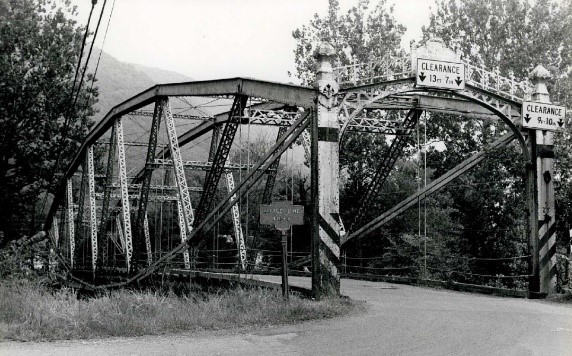
The Waterville Bridge was built in 1890 by the Berlin Bridge Company of East Berlin, Connecticut. The bridge once crossed Little Pine Creek in Lycoming County. When it was determined to be too narrow to carry modern day traffic, instead of being demolished it was dismantled and rebuilt to serve hikers on the AT.
Inwood Iron Bridge
Located just downstream from the Waterville Bridge is the historic Inwood Iron Bridge, which once carried Iron Bridge Road across Swatara Creek. Due to deteriorating condition, the bridge was closed in 2005.
The Inwood Iron Bridge was built in 1899 by Nelson & Buchanan of Chambersburg, agents of the Pittsburgh Bridge Company. The 160-foot-long, pin-connected, Pennsylvania (Petit) thru truss bridge is eligible for listing in the National Register of Historic Places. In addition to being a rare Pennsylvania (Petit) truss, the bridge exhibits Z-plate floorbeam hangers, a distinctive detail of the Pittsburgh Bridge Company.
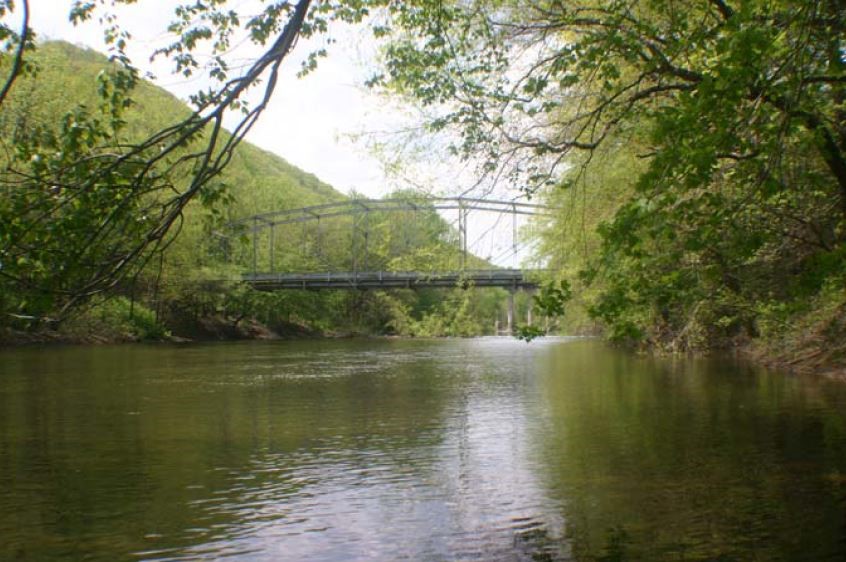
Pennsylvania Trusses
Pennsylvania trusses were named after the Pennsylvania Railroad; their engineers developed the design in 1875 to carrier heavier loads and to accommodate longer spans. By design, the Pennsylvania truss is essentially a Parker Truss with sub-struts and sub-ties that stiffen the truss to carry heavier loads.
The Pennsylvania truss continued to be use for railroad bridges through the early 20th century. The Baltimore truss is also known for its sub-struts and sub-ties, however, the Pennsylvania (Petit) truss has a polygonal top chord giving it a characteristic curvy design.
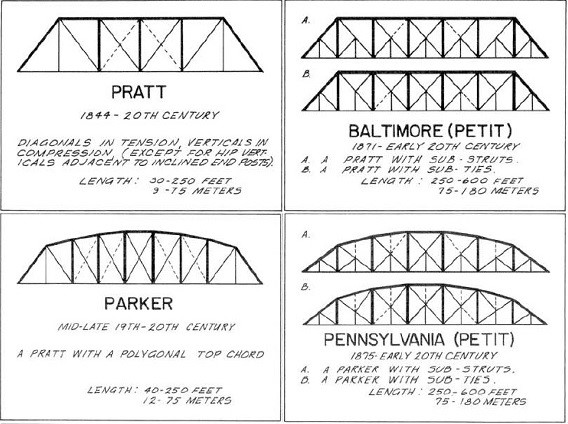
Only thirteen Pennsylvania thru trusses remain in vehicular use in the state. This is half the number recorded just 18 years ago in the 2001 statewide bridge survey.
Improving the Crossing
Due to the recent loss of Pennsylvania trusses, and as a requirement of Section 106 of the National Historic Preservation Act, when plans to improve the Inwood Iron bridge crossing were developed, historic preservation was among the most important factors considered.
Local officials noted the need for firetrucks, buses, and other heavy vehicles at this crossing and looked for ways the bridge could be rehabilitated to accommodate these needs. For the bridge to accommodate a heavier load capacity, many of the truss members needed to be replaced.

After much consideration, it was determined that the 120-year old historic bridge could not be rehabilitated to meet modern day traffic without significantly altering the character of the bridge. In addition, the cost of rehabilitation of the bridge to accommodate heavier loads exceeded the cost of a new structure.
Would this mean the end of the Inwood Iron Bridge?
In order to preserve metal truss bridges that cannot be rehabilitated in their current location to meet vehicular needs, PennDOT and the SHPO jointly administer a metal truss bridge marketing program that focuses on adaptive reuse of historic metal truss bridge as pedestrian or light vehicular bridges on trails or in parks.
The Waterville Bridge was one of the first metal truss bridges in Pennsylvania to be adaptively reused on a trail.
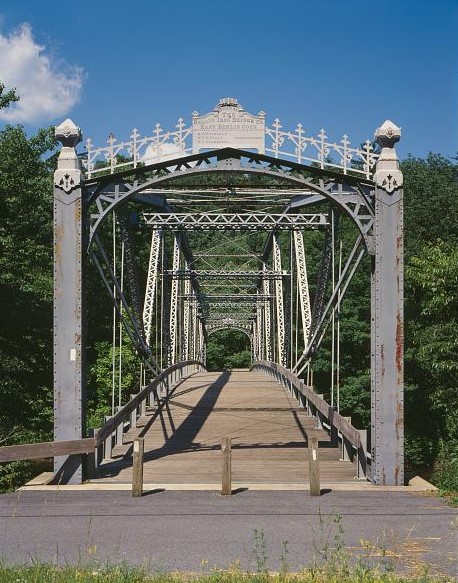
Could the Inwood Iron Bridge also find an adaptive reuse somewhere within Swatara State Park?
Once it was determined that the bridge could not be rehabilitated to meet the needs of the crossing, the search was on to find a new location for the bridge. A donation of land by Charles and Charlotte Allwein just downstream from the original crossing provided an appropriate new location.
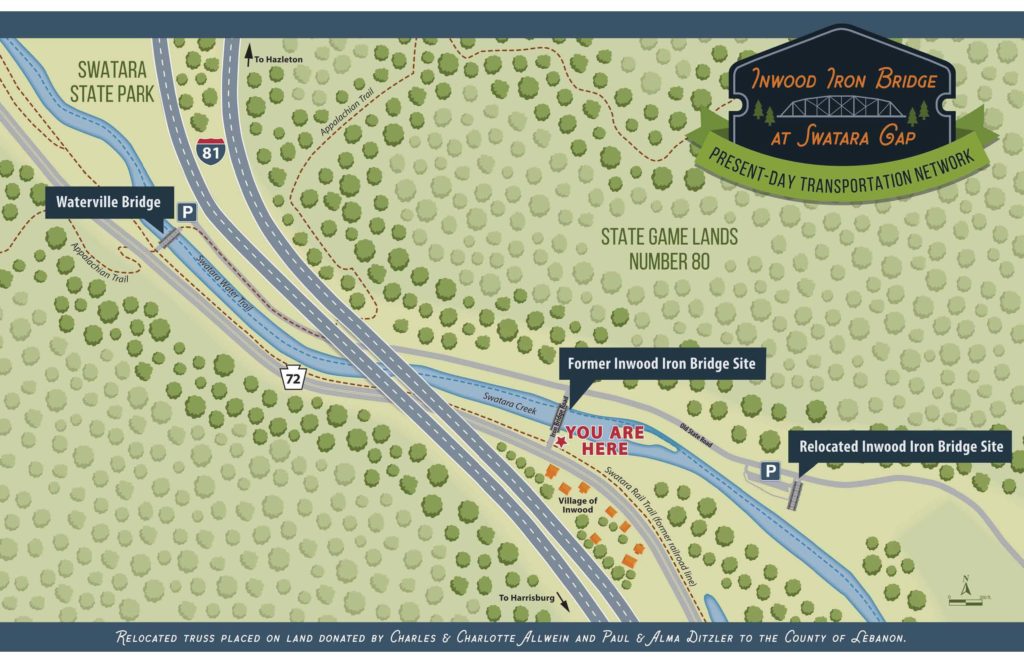
A New Lease on Life
After 15 years of being closed, the Ironwood Bridge will be reopened in 2020 as a new attraction at the park. The Ironwood Bridge will be placed near the Swatara Rail Trail and serve as an interpretive display for visitors to learn about the history of water, rail, road, highway, and pedestrian transportation in the area.
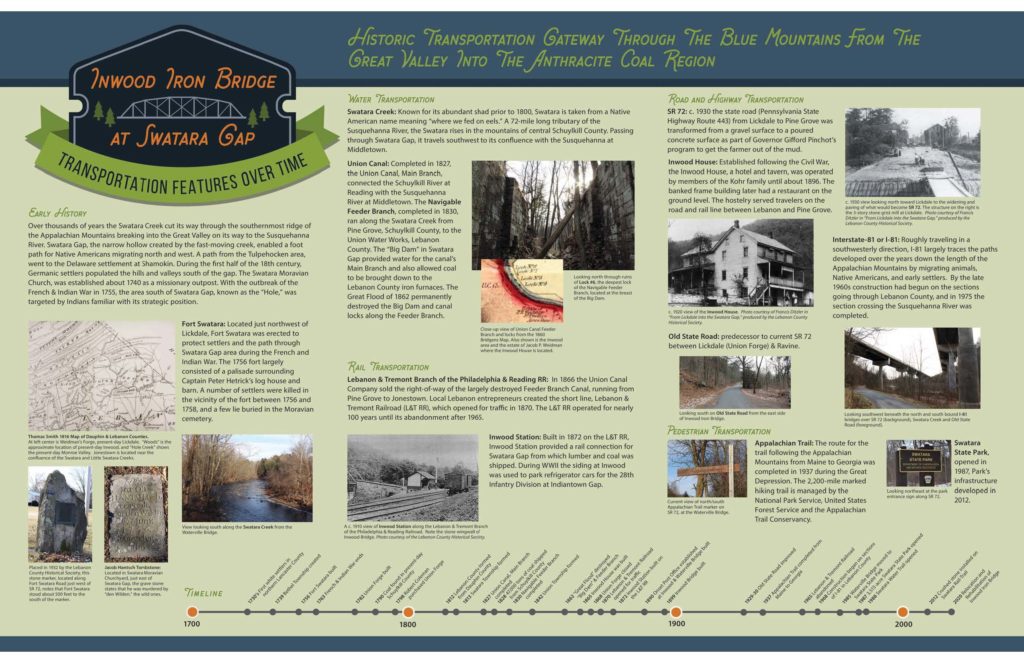
Once disassembled, the Inwood Iron bridge will be rehabbed, then reassembled at its new location which will include visitor parking, installation of interpretive signage included within this blog, and reuse of the stone from the original abutments.

The bridge will be placed on land, offering visitors a chance to examine structural features usually inaccessible, such as the Z-hangers and pin connections. The structure will attract visitors from both Swatara State Park and the Appalachian Trail, enabling a larger audience to learn about and appreciate Pennsylvania’s historic metal truss bridges.
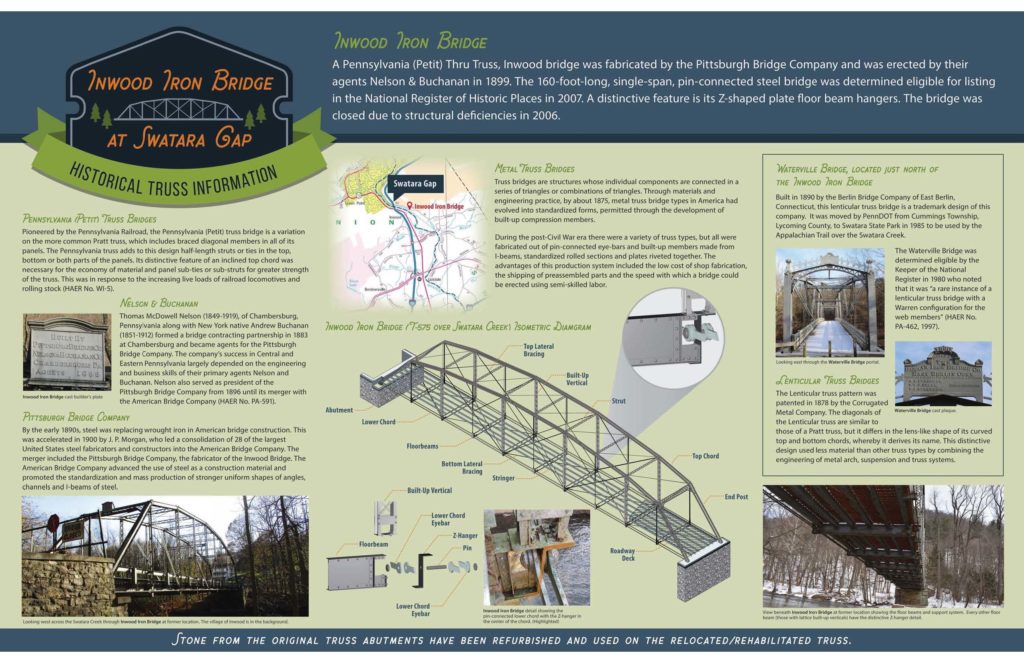
Plan to be awe-struck when visiting the rehabilitated Inwood Iron Bridge, which is anticipated to be open for visitors by fall of 2020.
Savannah Potts-Krammes was a 2019 PennDOT summer intern working in the Pennsylvania State Historic Preservation Office. The focus of her internship was on historic bridges, and as part of her internship, she was able to document the lifting of the Inwood Iron Bridge. Savannah is in her final year at the University of Pittsburgh where she plans to receive her bachelor’s degree in Anthropology and Architectural Studies.
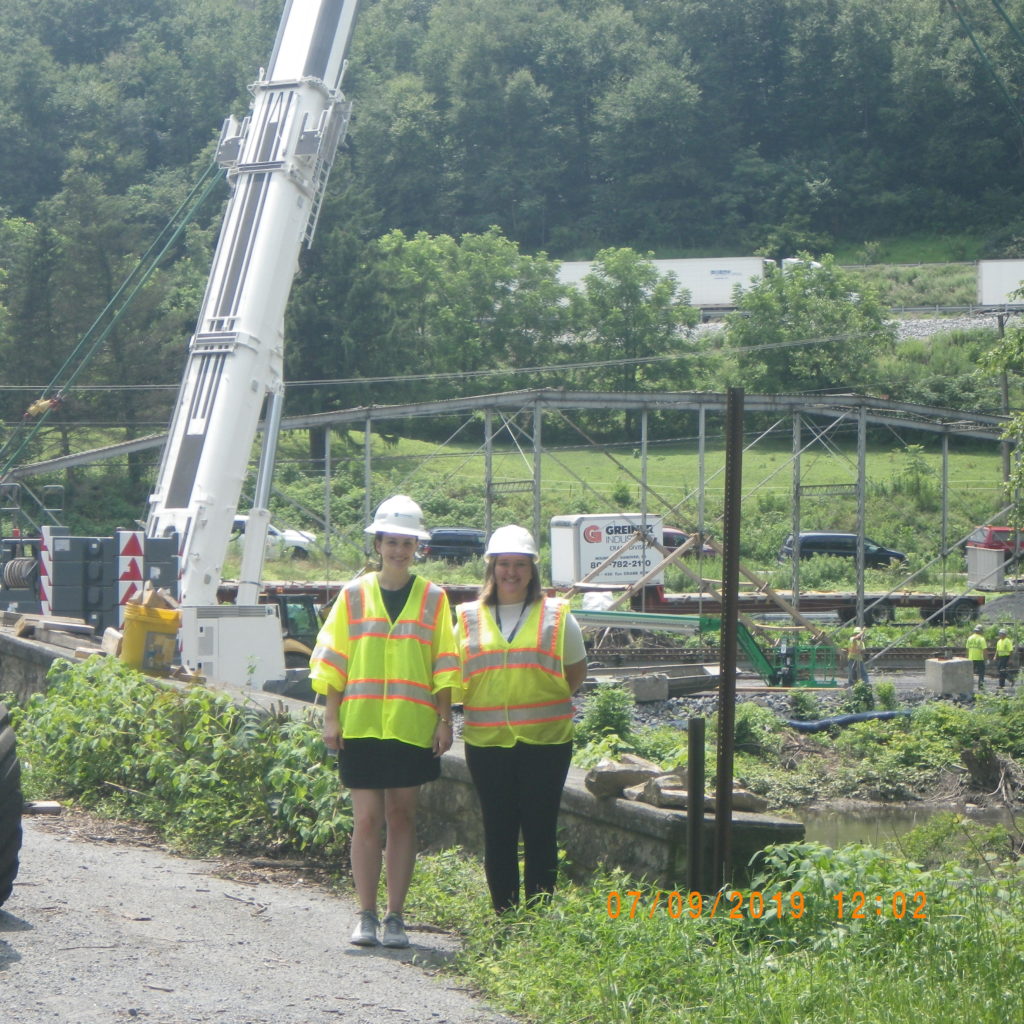
Comment Policy
PHMC welcomes and encourages topic-related comments on this blog. PHMC reserves the right to remove comments that in PHMC’s discretion do not follow participation guidelines.
Commenters and Comments shall be related to the blog post topic and respectful of others who use this site.
Commenters and Comments shall not: use language that is offensive, inflammatory or provocative (this includes, but is not limited to, using profanity, obscene, or vulgar comments); disparage other commenters or people; condone illegal activity; identify the location of known or suspected archeological sites; post personal information in comments such as addresses, phone numbers, e-mail addresses or other contact details, which may relate to you or other individuals; impersonate or falsely claim to represent a person or an organization; make any commercial endorsement or promotion of any product, service or publication.
If you would like to comment on other topics not related to this blog post but related to PHMC, please fill out the PHMC Contact Us Form.
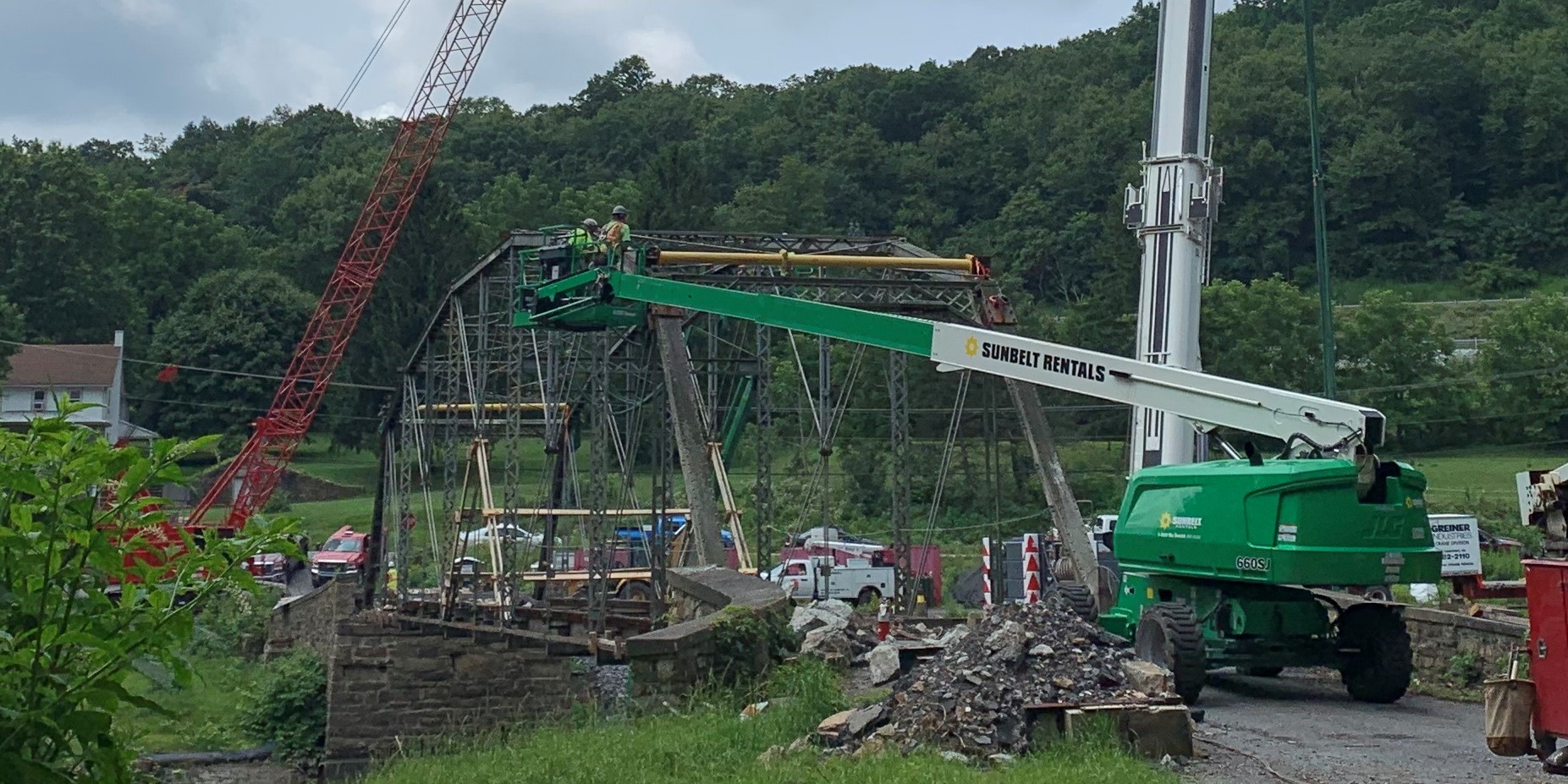
The date for completion of first phase of construction is incorrect, it should be July of 2019, not 2010.